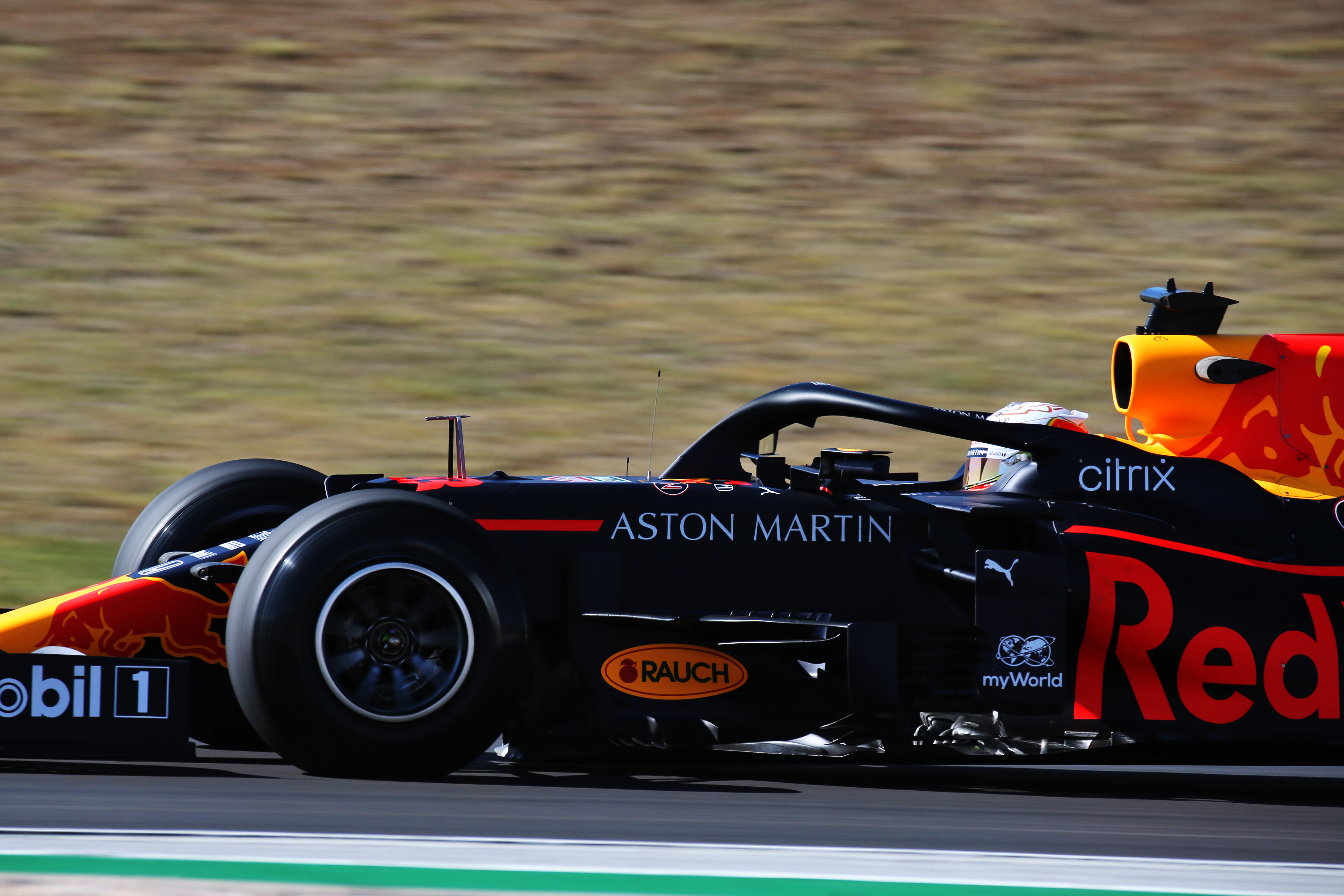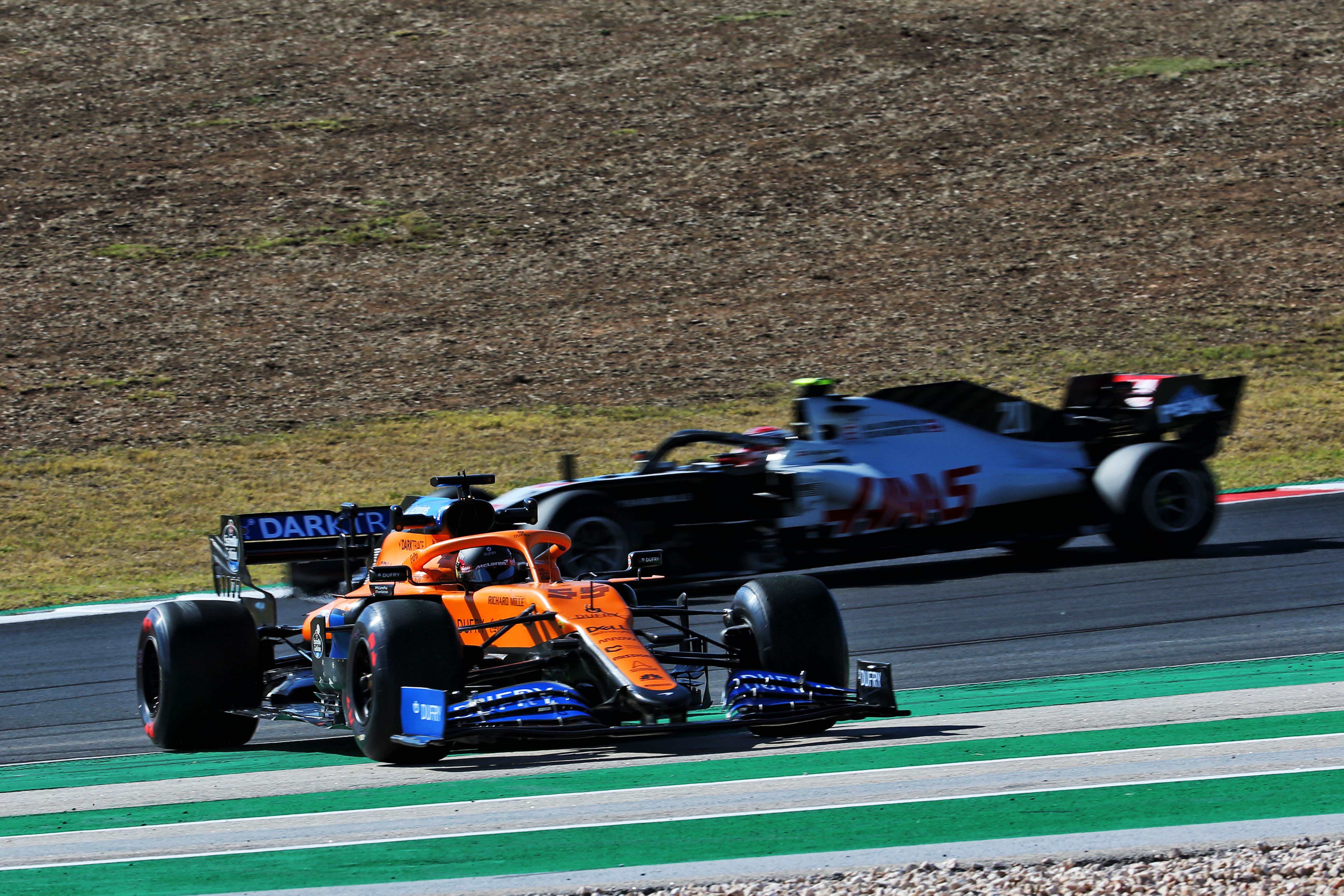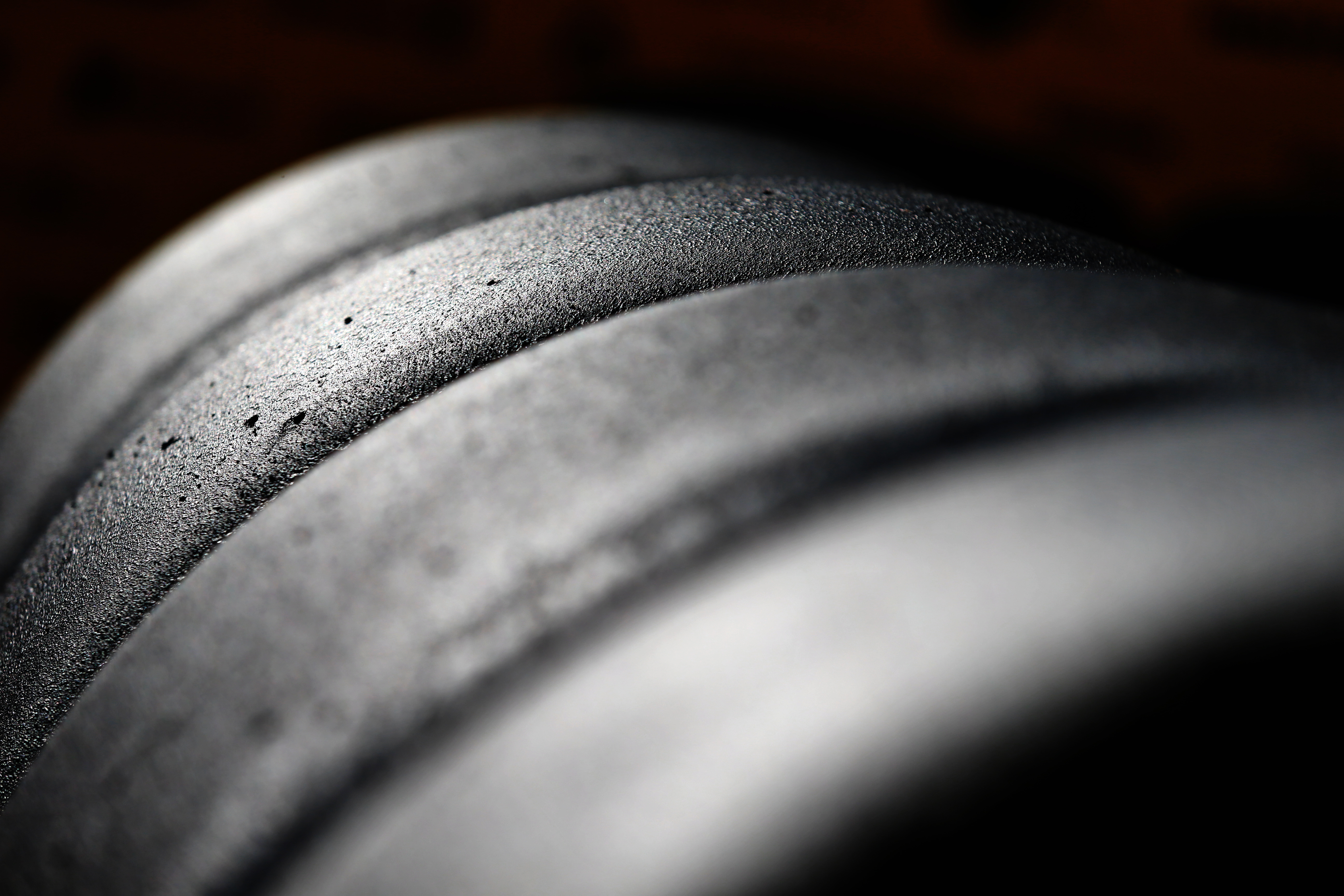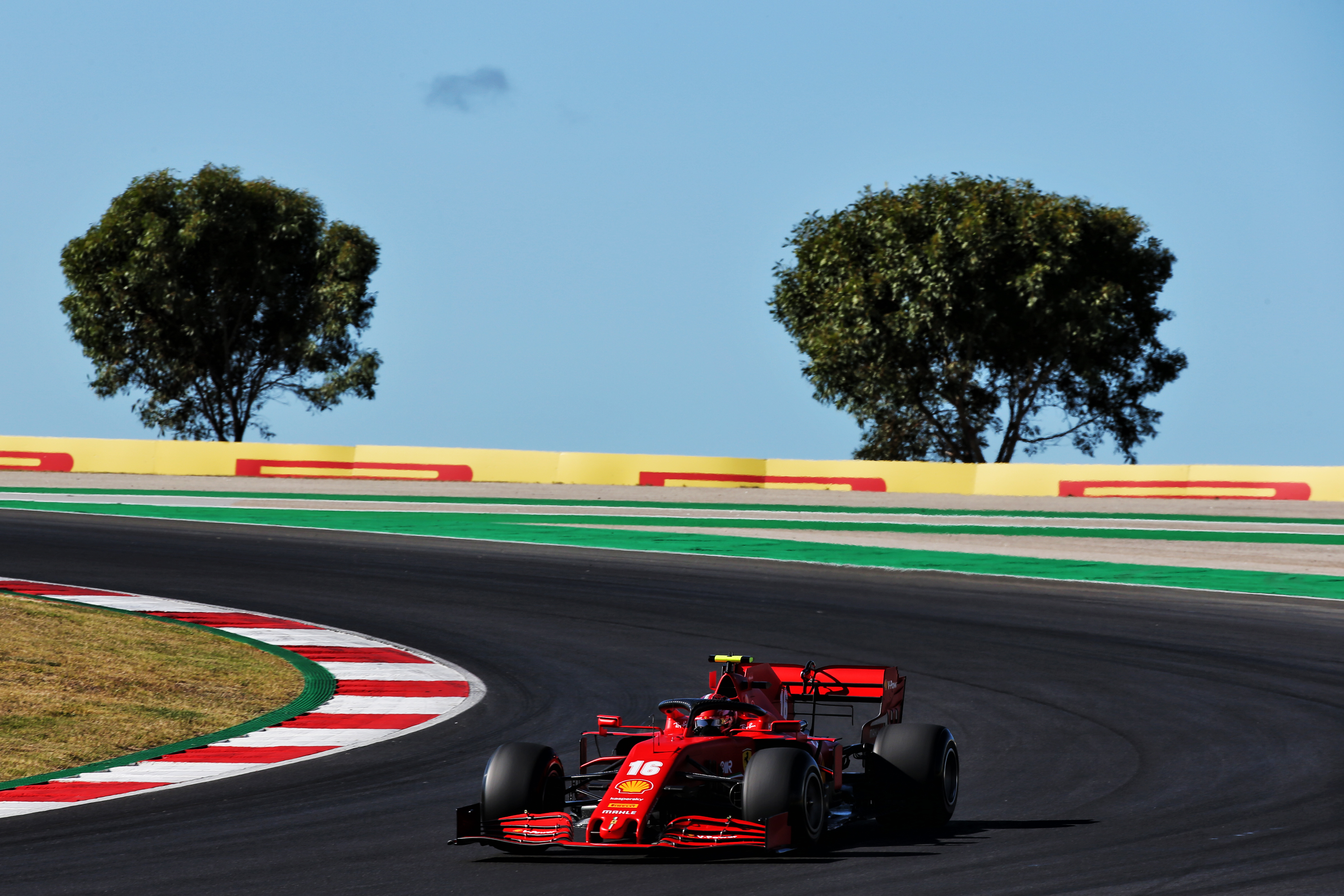Up Next

The combination of Pirelli’s prototype tyre testing for the first half-hour of FP2, Pierre Gasly’s fiery AlphaTauri and the Max Verstappen/Lance Stroll incident means we – and the teams – have no real detail of the competitive picture. Which, given that this is the first grand prix around the Portimao track, means that the fastest way to run the race is far from clear.
The expectation coming in was that even with the hardest tyres in Pirelli’s range (the C1/2/3 combination), the tyre-demanding layout of the track would impose a two-stop strategy. Friday afternoon is usually when we find out if such pre-event expectations can be modified. But not on this occasion.
Here are some things we do know:
Red Bull’s progress is real
 Red Bull’s closing of the gap to Mercedes, very evident at the Nurburgring, looks real and not just track-specific. This suggests the aero updates made at the last race really have been a breakthrough in taming the rear of the car.
Red Bull’s closing of the gap to Mercedes, very evident at the Nurburgring, looks real and not just track-specific. This suggests the aero updates made at the last race really have been a breakthrough in taming the rear of the car.
Although Valtteri Bottas set the fastest single lap of both morning and afternoon, it was done in each case on a softer compound than Max Verstappen’s equivalent time – and the gap (around 0.7s in FP1 when Bottas was on the medium, Verstappen the hard, then 0.6s in FP2 when Bottas was on the soft, Verstappen the medium) was around what might be expected between the compounds.
The Red Bull driver was just about to begin his attack lap on the soft tyres when he had his incident with Stroll into the first corner. So that intriguing comparison remains unresolved.
The pattern of how the two cars derive their lap time looks much as usual, GPS analysis suggesting that the Red Bull is losing around 0.7s to the Mercedes down the straights. But at least some of that was being clawed back by the Red Bull on corner entry.
How they balance out around here is very difficult to know because of the tyre offset. It may be that the softs are actually much better than they looked as Bottas hadn’t really got them fully in at the start of the lap.
Tyre warm-up could complicate qualifying
 The recently-resurfaced track is offering up very little grip, very reminiscent of the first time F1 ran in Sochi. It means that even with a respectable track temperature in excess of 30°C, the tyres are taking an age to come in, something accentuated by them being Pirelli’s hardest.
The recently-resurfaced track is offering up very little grip, very reminiscent of the first time F1 ran in Sochi. It means that even with a respectable track temperature in excess of 30°C, the tyres are taking an age to come in, something accentuated by them being Pirelli’s hardest.
Unusually, it was the rears that were more reluctant to come in than the fronts in most cases. The Mercedes appears to be a little more prone to this than the Red Bull and pretty much everyone needs to do a hard out-lap.
It may be that the best lap time comes on the second flying lap for some cars – which could complicate qualifying. This was at least one of the factors in the Verstappen/Stroll incident.
The other one was the very narrow line of grip because of the low-grip surface. How much this might rubber in could be very decisive in the shaping of the weekend.
Graining may discourage multiple stops
 Graining of the front left was evident on both the soft and medium tyres on many cars. This could push teams towards a one-stop in order to avoid an extra hit of the graining phase.
Graining of the front left was evident on both the soft and medium tyres on many cars. This could push teams towards a one-stop in order to avoid an extra hit of the graining phase.
But that’s only feasible if the graining is not bad enough to wear the front-left so extensively that you can’t do the stint lengths required to make a one-stop.
Ferrari closer to restoring F1’s ‘big three’
 The competitive picture behind Mercedes and Red Bull appears to be headed – so far in the weekend – by Ferrari.
The competitive picture behind Mercedes and Red Bull appears to be headed – so far in the weekend – by Ferrari.
Charles Leclerc, in particular, appeared to be in good shape, fourth-quickest in the morning (only a couple of tenths behind Verstappen on the same tyre) and third in the afternoon, 0.3s off Verstappen.
It’s an encouraging initial outcome for the first running of all three phases of the team’s upgrade package. But Ferrari’s biggest challenge is maintaining its recent reasonable qualifying speed into the race.



